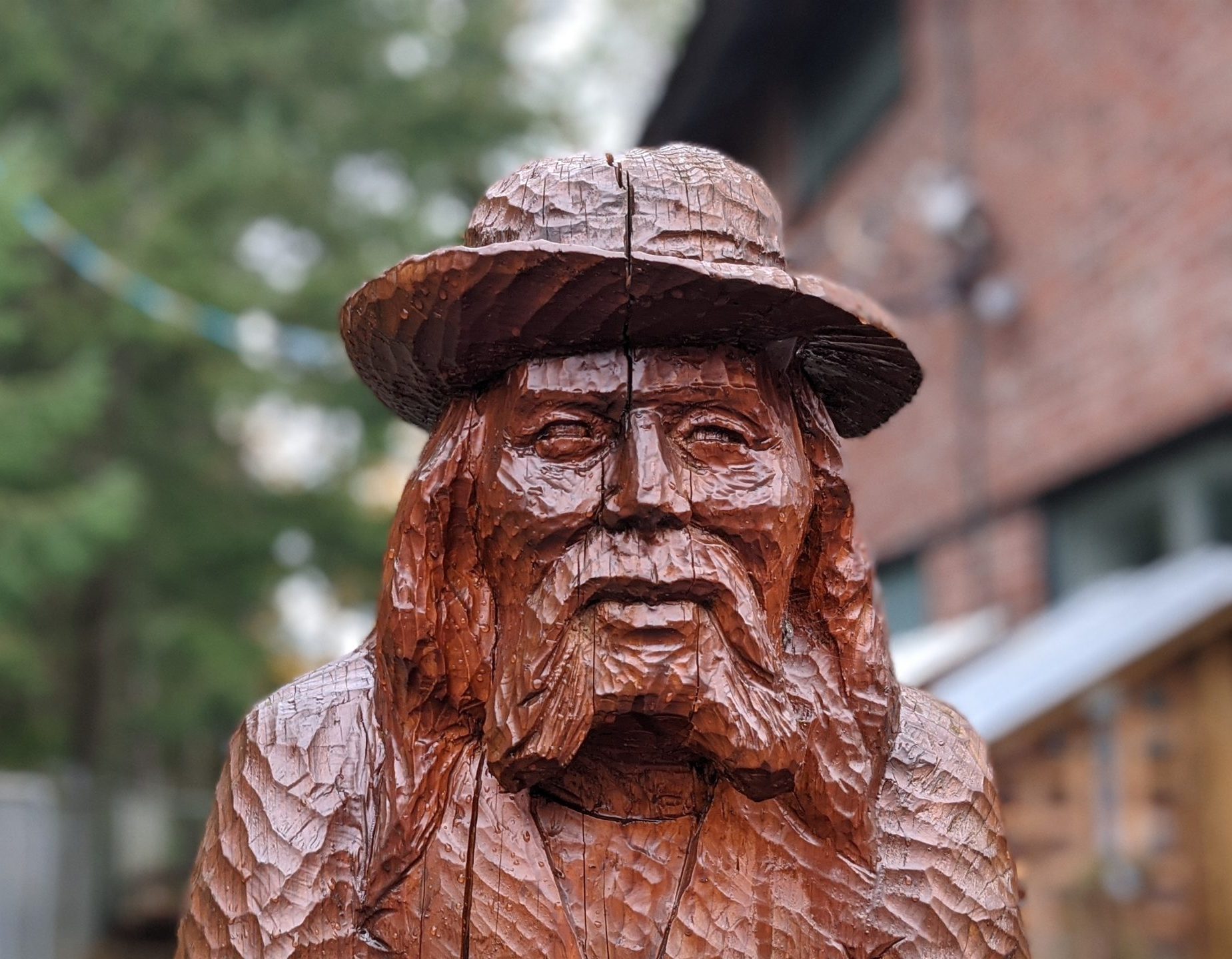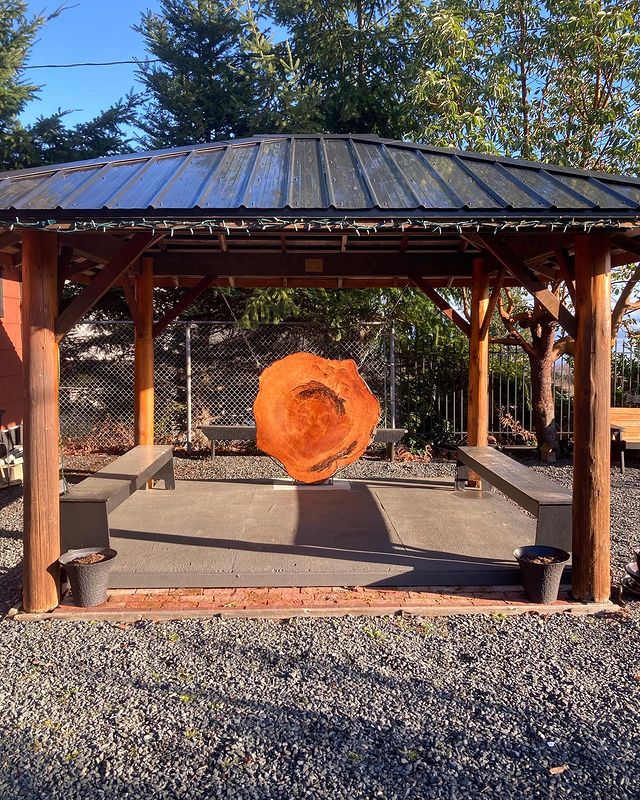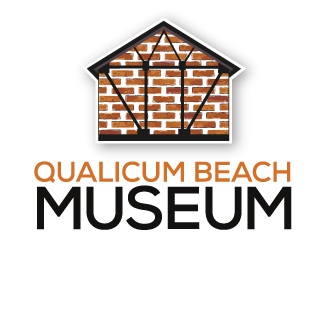Outside Exhibits
The Work of Simon Charlie
Simon Charlie, who was born in 1920, was an artist and activist also known as Hwunumetse’. A master carver of the Cowichan tribe of the Coast Salish Nation, Charlie was awarded the National Centennial Medal (1967), the Order of British Columbia (2001), and the Order of Canada (2003) for his work to preserve and promote the traditions of the Salish people and for acting as a cultural ambassador to non-First Nations peoples.
From the late 1960s to the time of his death, he carved the equivalent of twenty-two logging truckloads of cedar logs. His totem poles stand in many communities as well as the Royal British Columbian Museum, at the Parliament buildings in Ottawa, and also in Holland, Australia, Washington State, Georgia, and New York.
Simon Charlie passed away in 2005. This totem pole combines the three-dimensional realism of the Coast Salish with Simon’s personal style. The pole has a golden eagle on the top of the bear and it is holding a dog salmon in its talons. Before starting the pole, Simon was thinking of the name ‘Qualicum’ which means dog salmon in the Hul’qumi’num language, so he thought that the salmon needed to be a part of the pole. In the middle of the bear’s chest is a Swaixwhe mask. Simon Charlie was one of a very few carvers that carved the traditional Coast Salish masks. He believed that the moving parts of the large animals have a spirit, so he carved faces onto the soles of the bear’s paws to represent the spirits.
The 2008 restoration and repair of this pole was led by Doug Reid (Si Wit) of Qualicum First Nation. There were many hands that came and spent time cleaning, sanding, carving, and painting so this pole could be saved. Simon had spent many hours sharing his stories and love of the Coast Salish art form with his Qualicum family, so everyone was very honoured to be able to be a part of this work.

Statue of the Hermit
The QB museum is located right across from the E&N Railway station on Beach Road and has a magnificent view of the ocean. The grounds consist of a small garden where the statue of Guiseppe Roat (made by local carver François Mongeau in 2012), better known as the Hermit, presides. The Hermit was born in the Tyrolean Alps in 1882, and as a young man travelled widely before coming to Qualicum sometime in the early 1920s. He then purchased 44 acres of land on the western outskirts of town, in the area now known as “Hermitage Park”.
On this land, he handcrafted his large cabin by himself, with many hand-carved details not often seen at the time, and cleared roads and paths through the heavy bush in order to give the place a park-like atmosphere. He opened his lodge as a museum to the public, naming it the Museum of Nature Art and filled it with a unique collection of oddities he had collected during his travels, as well as interesting nature items that he found on his many local explorations.

Brown Property Historical Tree Slab
This stunning tree slab was gifted by the Brown Property Preservation to showcase the heritage forest of Qualicum Beach. Preservation work was completed by the Town of Qualicum Beach, and the slab is now on display in the gazebo on museum grounds.

Qualicum Beach Heritage House
The QB Heritage House original location was on 184 First Avenue West. It stood in the backyard behind an original pioneer house. The entire lot was ordered to be demolished and the museum volunteered to take the small cabin. The pioneer family used to live in the larger house, the Little White House had a different purpose. It was built in the backyard for the sick mother of the family. She had tuberculosis, an infectious disease, and had to live separately from her family. The QBH&MS acquired it in 2016 as a lovely example of early architecture in our community.

The Pioneer House
A small pioneer house was constructed as part of an education program in 2000. It is still used today as a “shake splitting” station/activity during our Children’s Museum Day which takes place in August every year.


